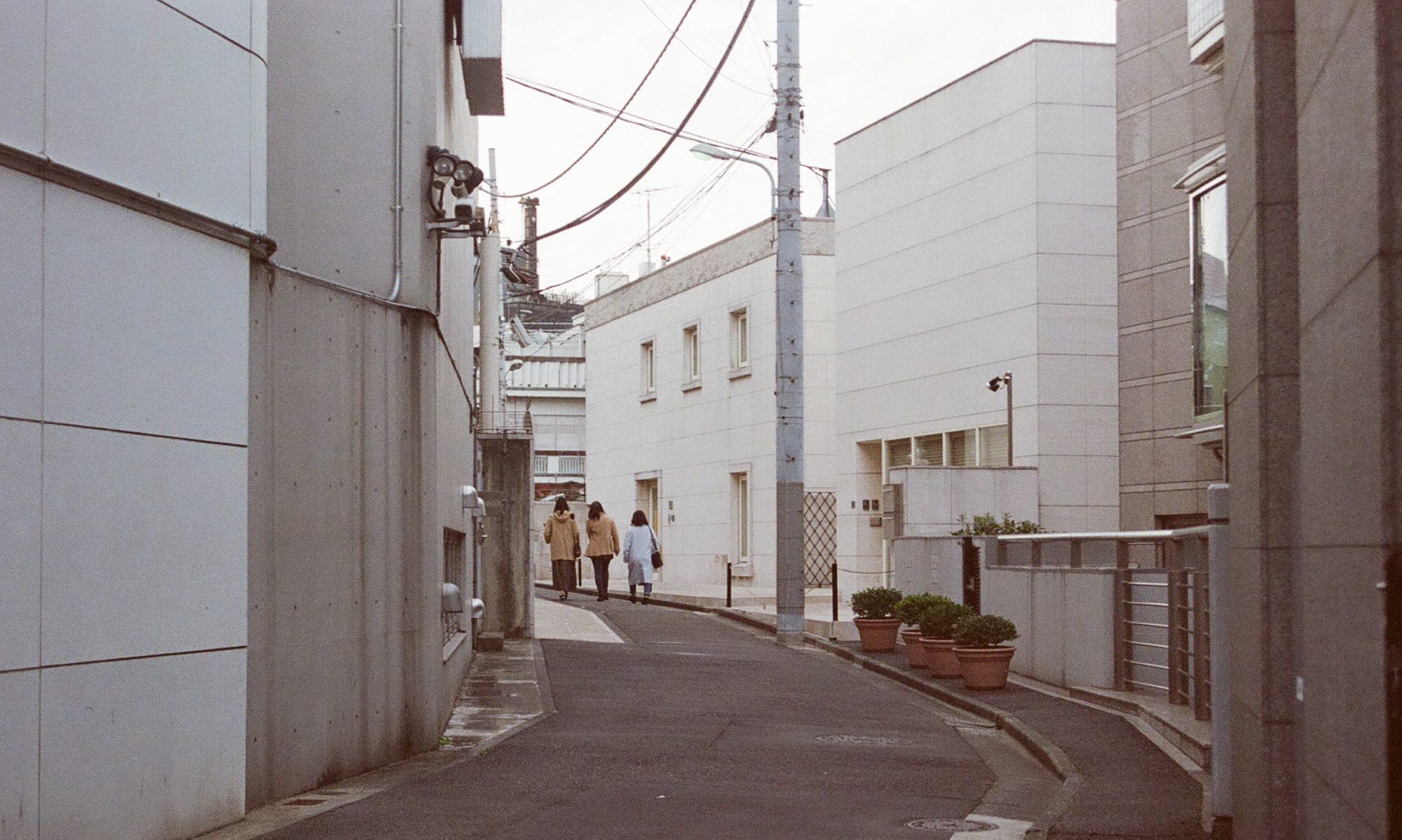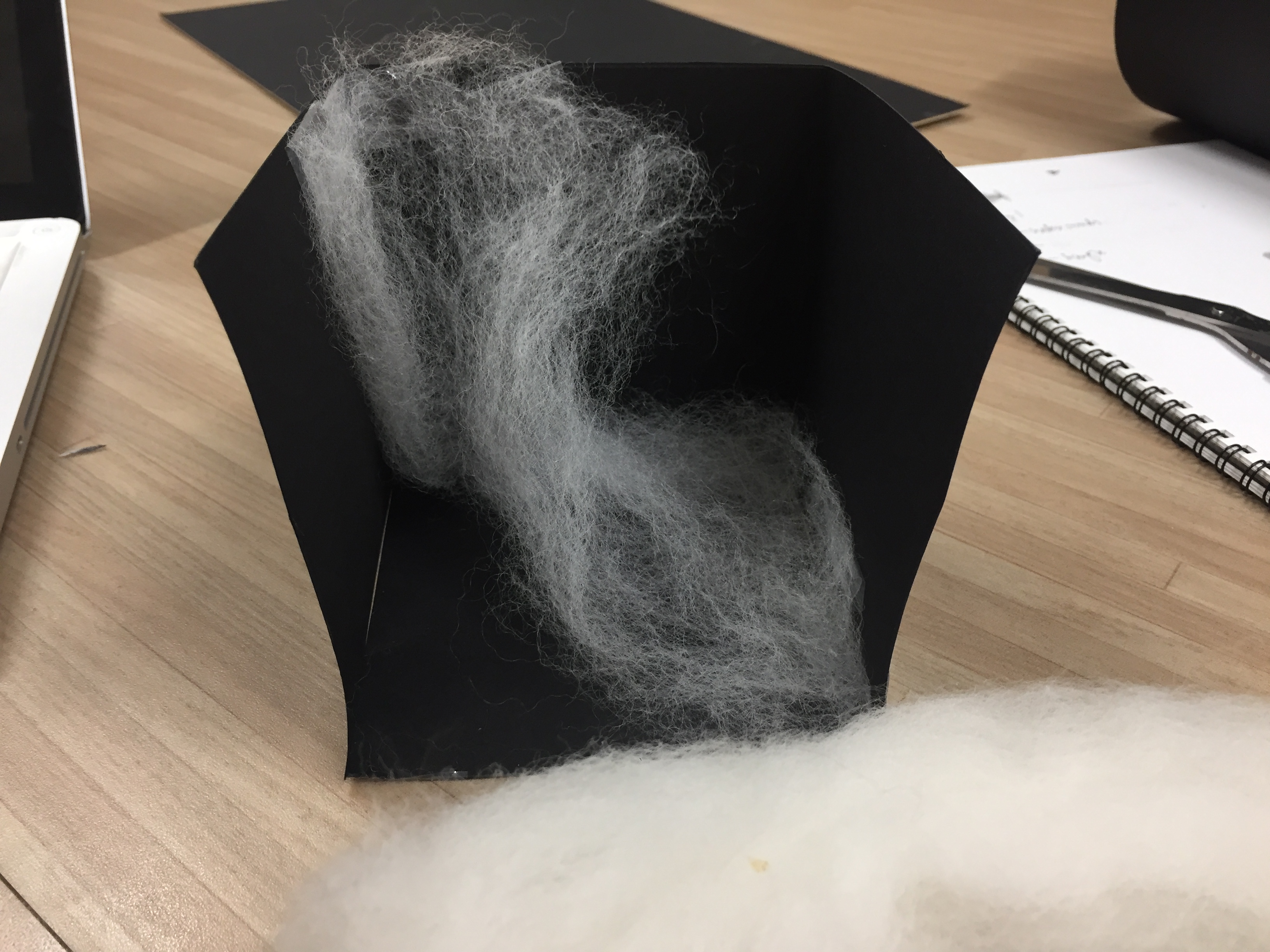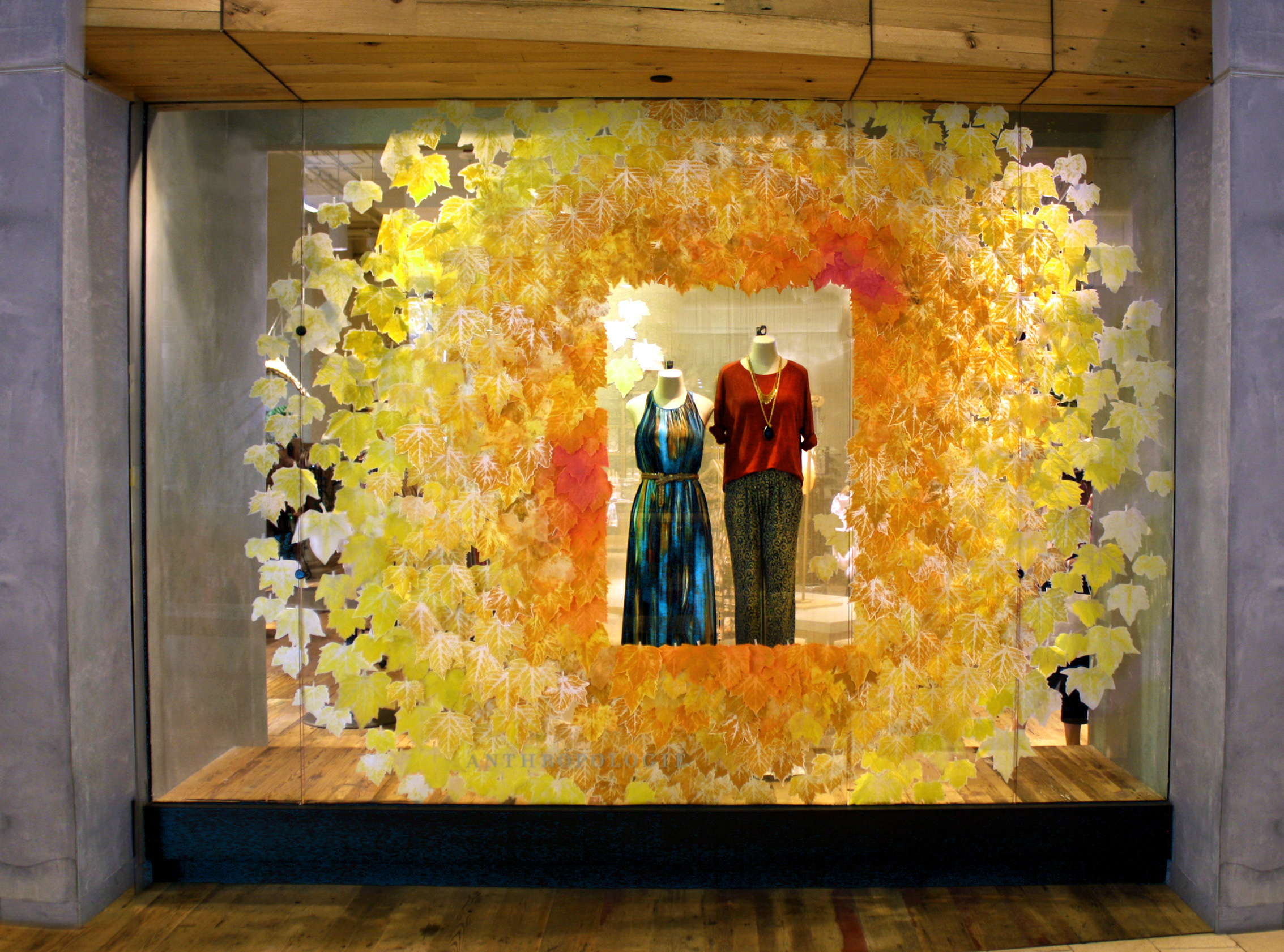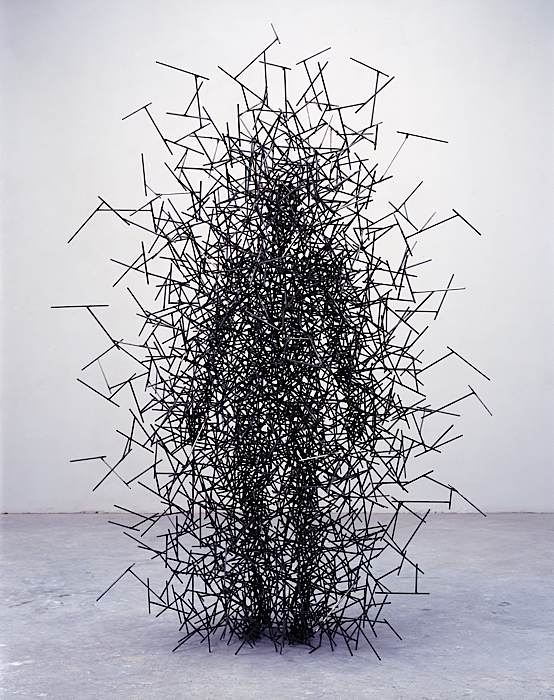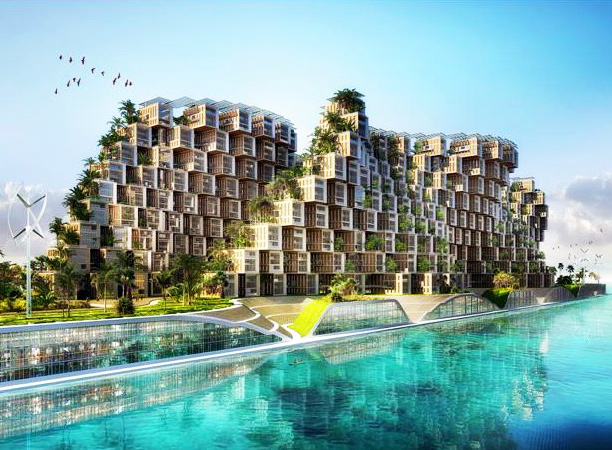RECAP – OUR MOOD BOX
CONCEPT - Unseen city
With our organic and meditative quality of our sound, we would imagine our city to be a closed society of people living a life of reclusive and simple life. The concept of our city is for it to be unseen and hidden, only to be noticed when you stare hard enough.
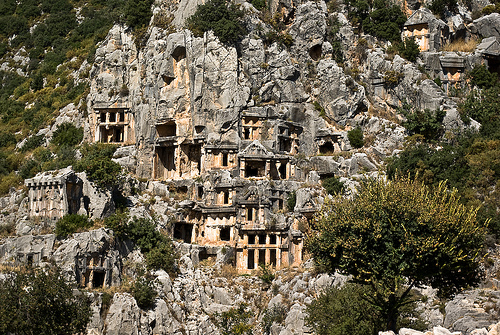
INSPIRATIONS AND INITIAL IDEAS
One of our inspirations was the Chichu Art Museum in Naoshima island, that features famous works of Monet and James Turrell. The architecture of the private art museum was designed and curated by Japanese architecture Tadao Ando, where the entire building was structured to be viewed and experienced like an art piece.



The museum made use of natural light and angular forms to create different appearances at different times of the day. Thus, we decided to use a deep, angular cavity in the car park, that receives natural light to house our city. The presence of rocky terrain and white, angled surfaces suited our concept of a quiet and calm city.
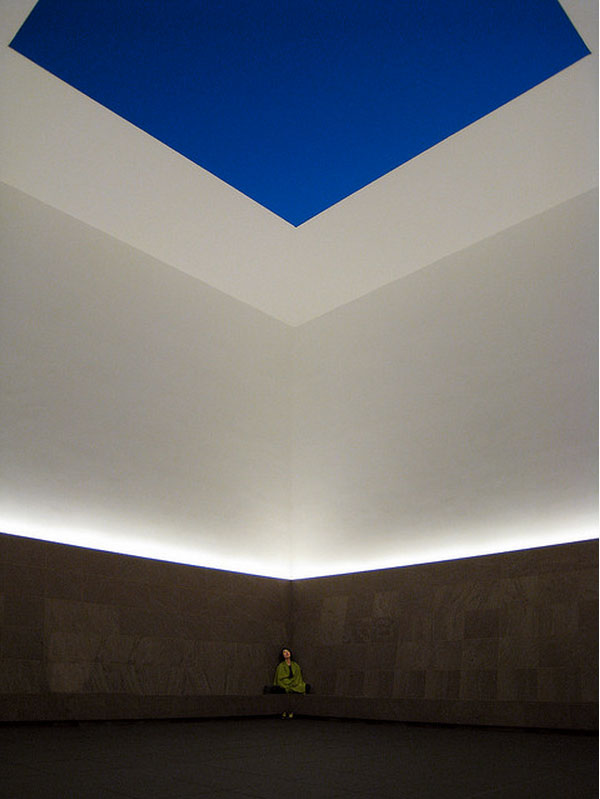

“Open Sky” James Turrell (2004)
Initially, we wanted to create a hanging box constructed with white walls so that the viewer can “stick their heads in” to view the workings of the city. The white box could blend in with white wall surfaces and stay hidden. A square hole will be cut on the surface, inspired by James Turrell “Open sky”, where light can be reflected on the surfaces and move with the different times of day. However, we could not find any suitable place to hang our box and it did not fit the requirement of a plug in city.
MODULAR UNITS
For our modular unit, we decided to create a cuboid voids of vary sizes. Each unit compose the overall structure of our city, where the inhabitants are bound by the implied space.
Inspiration – Antony Gormley’s “Second Body” exhibition



Antony Gormley’s human sculptures is composed of modular cuboid structures, using arrangement and various sizes to imply form and create voids in his playful assemblage. Inspired by his use of modular units, our city will be constructed using the voids bounded by four surface of materials, such that what is seen is different from different angles.
CONSTRUCTION PROCESS
 Constructing modular units
Constructing modular units

 Prototype of arrangement
Prototype of arrangement
Hub
For our hub, we wanted to arranged the modular units to form an upward spiral, which will be hung in space. I was in charge of arranging the hub, varying the voids form between the units and creating the main void contained within the spiral.
Habitat
For the habitat, we used modular units of similar shape to create an inverted city, that was supposed to be growing out of the ceiling surface. Nicholas and Zhen Yu made modular units out of art card and Nicholas did the arrangement.
Highway
Our highway of our structure is the smoke from incense, stemming from a “prayer circle” where inhabitants meditate on the gravel ground. We used wooden sticks to create a circle on the ground, surrounding an amphitheatre like hole. Zhen Yu made the wooden sticks for our fence. To add a sensory experience, we used jinkoh incense to create a meditative smell.
HANGING AND INSTALLING
We decided to hang our city using a white foam board to blend in with the white wall.





FINAL – “魂市“
Smoke spirits inhabit the city, hidden away for civilisation. You can’t see them in the day but at night they come out to play.
Incense burning – smoke rises

